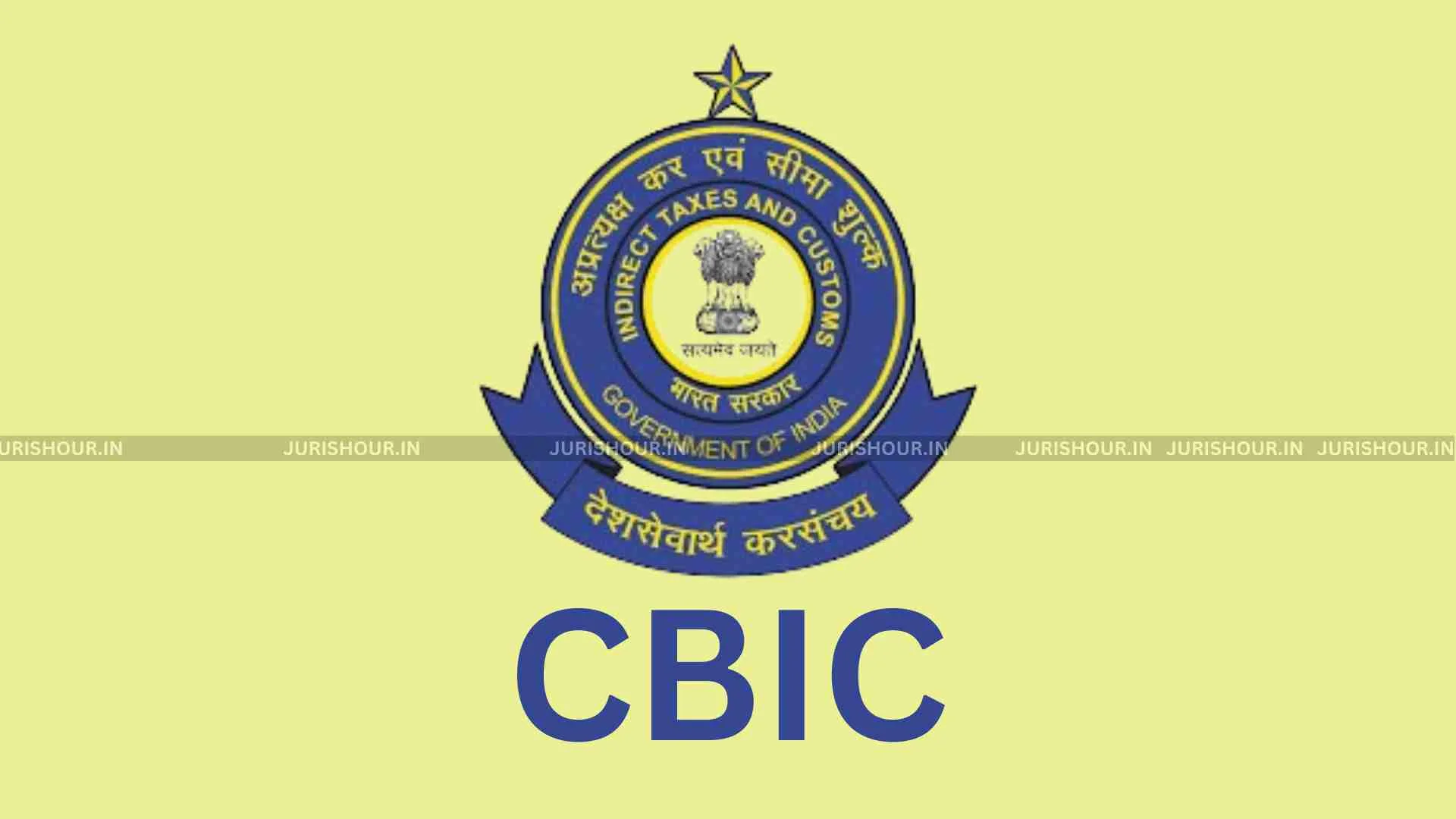While Circular No. 239/33/2024-GST dated 04.12.2024 specified the procedure to be followed for appointment of Common Adjudicating Authority (CAA) in case of SCNs issued by DGGI, the Central Board of Indirect Taxes and Customs (CBIC) has issued Circular No. 250/2025 dated June 24, 2025, has now prescribed the procedures for review, revision, and appeals against Orders-in-Original (OIOs) passed by Common Adjudicating Authorities (CAAs) in cases arising from investigations by the Directorate General of GST Intelligence (DGGI).
The circular has been issued with all the good intention, the following initial teething troubles can be ironed out:
Legal Basis Under Question
It is learnt that the Ministry of Law was consulted before the issuance of the circular. Reportedly, the Ministry advised that no separate notification was required and that a circular would suffice for prescribing the appellate framework. However, this legal position has not quelled doubts from senior officers and practitioners, who are questioning whether a circular alone is sufficient to alter or clarify jurisdictional procedure under the CGST Act, 2017.
Ideally, the procedure for revision / review / appeals should have been prescribed by way of rules for the purpose of implementation of sections 107 and 108 of the CGST Act, 2017 so far as appeals / review / revision of OIO is concerned. Though Circulars are binding only on the department but not to the taxpayers, this Circular may be put to legal scrutiny at any point in future by the taxpayers.
Appeals Already Filed: What Happens Now?
A major grey area remains on the fate of appeals that have already been filed—particularly those related to FY 2017–18 notices. In many such cases, taxpayers have proceeded under the prevailing understanding of jurisdiction prior to the circular. The circular is silent on how these pending appeals will be treated—whether they will be transferred, remain valid, or be subjected to new procedural scrutiny—adding to taxpayer uncertainty and departmental confusion. However, appeals already filed will have to be disposed off without waiting for review / revision as per instant legal provisions. Any review etc may not affect the appeals already filed. CBIC may have to come out with removal of difficulty order u/s 168 of CGST Act, 2017.
Jurisdiction for Appeals
A core ambiguity persists on whether the first appeal under Section 107 and subsequent appeals under Sections 112 (GSTAT) and 117 (High Court) should be filed in the State where the assessee is registered or in the State of the Common Adjudicating Authority. The circular appears silent on this, potentially leading to conflicting interpretations across States.
Ideally it should be the location of taxpayer which will determine the jurisdiction for appellate matters.
Pre-Deposit Apportionment and Refund
In cases involving multi-state taxpayers—such as pan-India insurance companies with GST registrations in multiple States but a single CAA order from Gurgaon—the question arises: which State will receive the 50% share of the pre-deposit, and which State will issue the refund if the appeal is allowed? This has implications for State revenue accounting and taxpayer compliance as the State of CAA is only for the purpose of common adjudication due to peculiar reasons and nothing more. The jurisdiction of taxpayer shall continue to be of his proper officer.
Multiplicity of Writs and Legal Coordination
With taxpayers challenging jurisdictional issues in their respective State High Courts, there is concern over how the department will coordinate legal representation across States. Questions have been raised about who will brief and pay standing counsels if the CAA is located in one State (e.g., Haryana) but the litigation arises in another (e.g., Kerala). Some sort of nodal officers will have to be designated.
Enforceability Before High Courts
Another layer of complexity relates to whether High Courts, which exercise constitutional writ jurisdiction, are bound by an administrative circular issued by CBIC. Given the absence of statutory amendments to support the circular, its legal sanctity before multiple High Courts remains uncertain. A big question looms !!
Operational Challenges
On the ground, officers report that taxpayers are facing system errors when trying to make pre-deposits outside the CAA’s State. The lack of clarity on who should issue DRC-07 recovery notices in such scenarios adds to the confusion. There is also no clear answer on whether the GSTN system has been fully harmonised to implement this circular on an All-India basis. The legal issues which may arise will have to be identified and sorted out with technical team.
Who has the jurisdiction to rectify errors in Orders-in-Original passed by the Common Adjudicating Authority?
A key operational challenge emerging from the centralized adjudication model under Circular No. 250/2025 is who has the jurisdiction to rectify errors in Orders-in-Original passed by the Common Adjudicating Authority under Section 161 of the CGST Act. Traditionally, rectification applications are submitted to the jurisdictional officer of the taxpayer. However, when the order is passed by a CAA located in a different zone or state, it is unclear whether such rectification requests should be routed through the taxpayer’s local authority or directly to the CAA’s office. Given that the appellate and revisionary powers are now centralized with the CAA’s jurisdiction, it logically follows that rectification under Section 161 must also lie with the same CAA who passed the order. But in the absence of explicit procedural guidance or system alignment within GSTN, this can lead to rejection of rectification requests, non-addressal of clerical errors, or procedural lapses, ultimately affecting appeal timelines and natural justice.
Structural Tensions with Centralised Processes
These issues echo broader tensions arising from centralisation initiatives in GST—such as centralised registration, refund processing, scrutiny, and audits. While these reforms aim to streamline compliance, they demand corresponding legal and technological adaptations. Without them, experts warn that such reforms may end up increasing confusion, non-compliances and litigation rather than reducing it.
Conclusion
Circular 250/2025 is an earnest effort by CBIC to bring procedural uniformity to DGGI-driven adjudications involving multiple jurisdictions. However, until the statutory framework is amended or judicially settled, the implementation of such administrative directions is likely to remain confusing and litigation prone. The legal community has flagged that unless the foundational jurisdictional concerns under Notification No. 2/2017 are addressed, such circulars may not withstand judicial scrutiny. It also calls for more clarity on jurisdictional issues arising from OIOs issued by CAAs
The circular may have been issued with the purpose to resolve best, but the initial friction suggests that deeper legislative and systemic alignment is necessary to truly achieve clarity and certainty for both taxpayers and the department.

